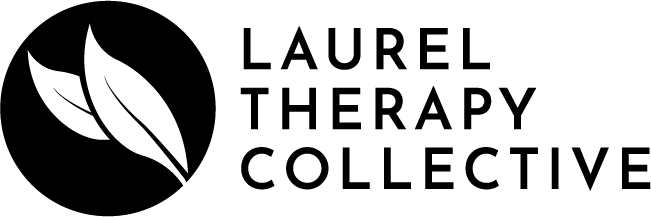Mindfulness For Beginners | Advice From A Therapist
I created this short mindfulness audio as a holiday/end of year offering to anyone out there who might need it.
If you're new to mindfulness or you've thought about getting into meditation but it seems a little overwhelming, this is a good place to start.
Mindfulness is great because you can do it absolutely anywhere. You don't need to block of 10, 20, 60 minutes of your day; you can do it while you're going about your life. I like to think of it as portable meditation, which is good for those of us who are pretty busy.
To get started with mindfulness, all you need to do is center yourself somewhere in your body. Do it openly and with curiosity. It can be feeling something like how good your feet feel in your shoes, or noticing you're a little hungry, or feeling a feeling of soreness in your neck and shoulders. Don't judge the feeling as good or bad, Just notice it. It's information.
If that's not comfortable and centering yourself in your body doesn't work, that's fine! You might want to start with something in your environment: the way the light is falling on the floor, or onions frying in a pan, or the sound of rain falling outside. Anything that you can focus your attention on, and be in the present moment, and just notice it.
Whatever that sensation is or thing you've decided to focus on, just be with it. Just notice it. It's not good or bad. Just hold there, being in the present moment until it passes or until you get distracted by something. Over time you can learn to bring your attention back to it, building towards more meditation-style mindfulness.
As you get started on your mindfulness journey, even holding your presence in the present for 15 seconds is a great start.
I hope as we head further into the holidays you can take this exercise with you and use it to support your mental health and your healing and your happiness.
